Step by step overcoming challenges, the team of engineers and workers of the Dong Dang (Lang Son) - Tra Linh ( Cao Bang ) expressway project is accelerating to realize the goal of opening the first phase, ready to start construction of the second phase on August 19.
The 121km Dong Dang - Tra Linh Expressway with a total investment of nearly 23,000 billion VND, passing through Lang Son and Cao Bang provinces, is divided into two investment phases.
Phase 1 of the 93.35km long project includes 2 tunnels through the mountains and 64 overpasses across the Ky Cung and Bang Giang rivers, streams and provincial roads.
Phase 2 of the project will expand the entire 93.35km of phase 1 and invest in additional construction of about 26.47km to Tra Linh border gate, including 17 new bridges and 3 tunnels. The Dong Dang - Tra Linh expressway investment project phase 2 was approved with a scale of 4 lanes under the public-private partnership (PPP) method, applying the same mechanism as phase 1; complete investment in intersections and rest stops according to the standards and design standards of the expressway.
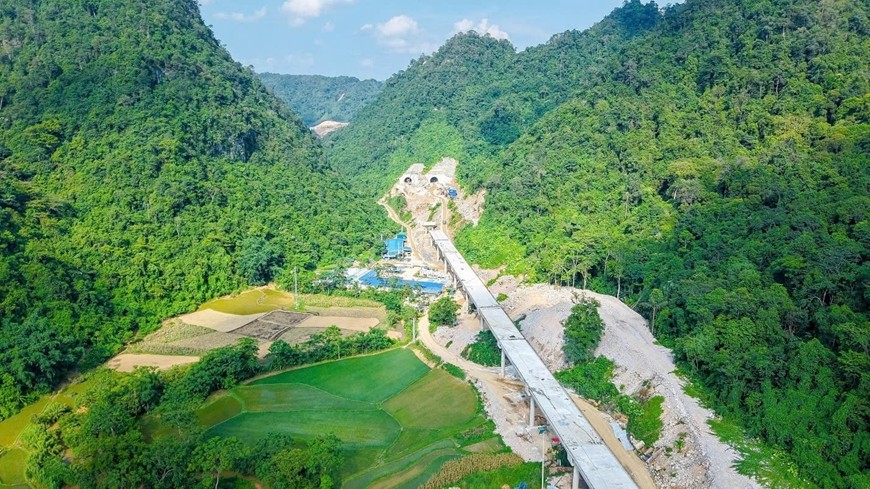
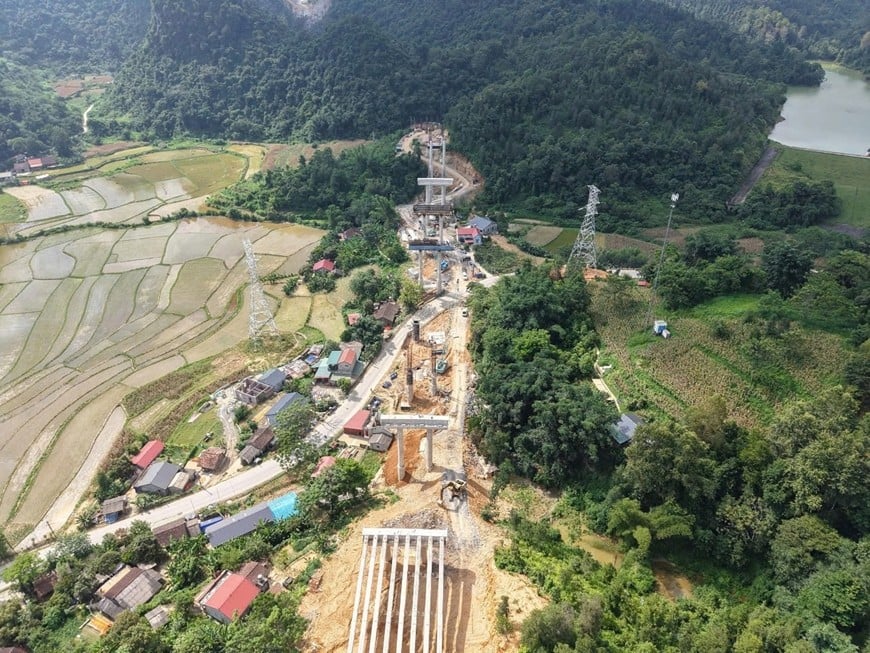
In the context of phase 1 being prepared for the route, the commencement of phase 2 on August 19 is an urgent requirement to complete the project, ensure consistency in quality and progress across the entire route, and at the same time be associated with a series of activities celebrating the 80th anniversary of the August Revolution and National Day September 2.
Currently, the project has completed 14.73/23 million m3 of excavation and 7.62/14.6 million m3 of filling. However, the rainy and flood weather, complex geological structure and the requirement to carry out some works of phase 2 in parallel have put considerable pressure on the progress of the construction units.
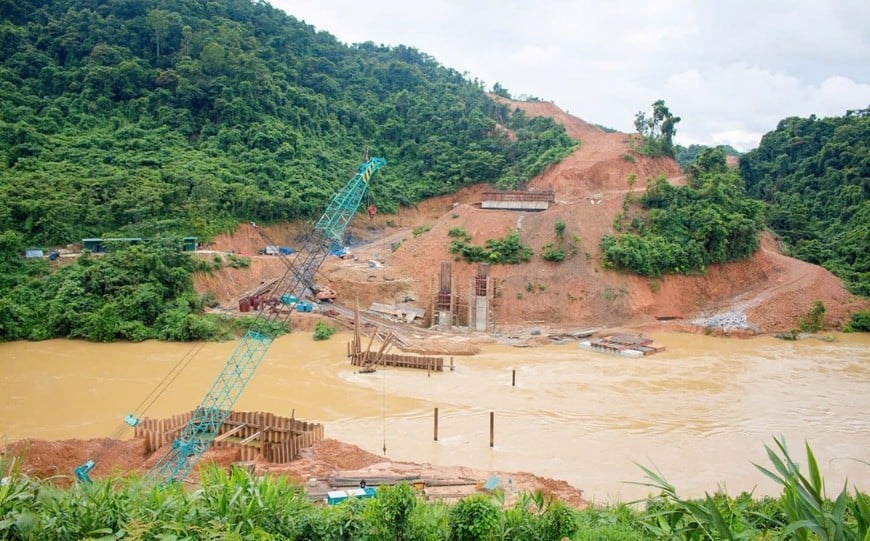
The floods in June in the Northeastern mountainous region washed away many auxiliary construction items, directly affecting the progress and assets of the contractors. The biggest damage was the stalled progress despite the contractors increasing their manpower and machinery by 1.5 to 2 times, in the context of the construction time being shortened by 1 year compared to the contract. In many sections, floods washed away temporary bridges, causing many areas to fall into an "island" situation, disrupting the transportation of raw materials.
Mr. Pham Duy Hieu - Deputy General Director of Deo Ca Group, concurrently Director of the General Contractor's Executive Board, said that the erratic rainy and flood weather and the amount of work arising to prepare for phase 2 of the project made it urgent to adjust the construction sequence, and it was necessary to establish "critical path" items in the progress to open more construction points. While racing against the schedule, the construction units must ensure the quality of the project as well as labor safety conditions.
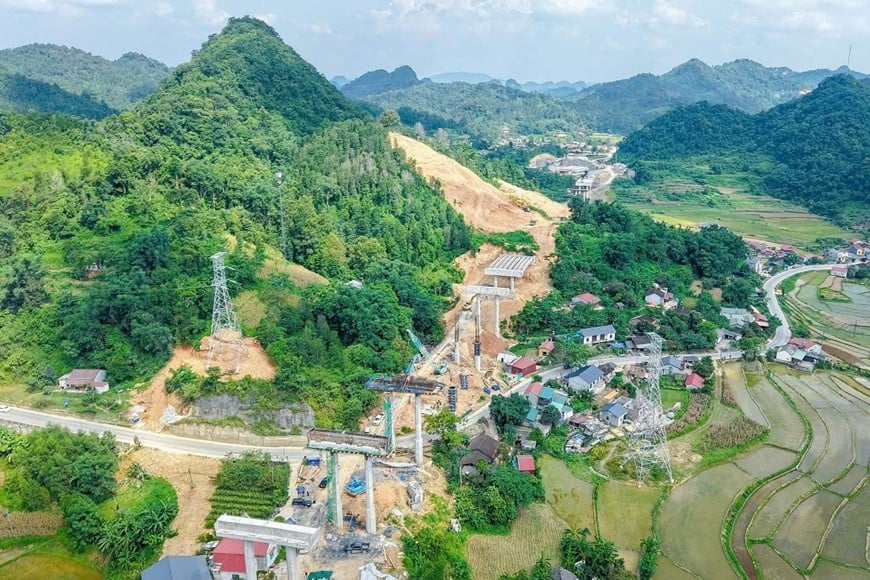
To handle the huge workload, the project company and the General Contractor Management Board worked directly with each contractor, signed weekly commitments, and held weekly meetings to closely monitor progress. Many contractors, despite having enough machinery as committed, proactively rented additional equipment to save time and speed up production.
Engineer Vu Dinh Vinh - Director of the EPC Package Management Board, shared that the terrain of the project area is very rugged with steep slopes, posing many challenges in terms of construction site arrangement, road deployment, machinery and equipment. The tunnel items of the project are located on limestone mountain geology, very susceptible to karst caves.
With its geological structure and fragmented terrain, Minister of Construction Tran Hong Minh commented during an inspection on June 30: "This is one of the most challenging projects at present, but it also has important political and strategic significance."
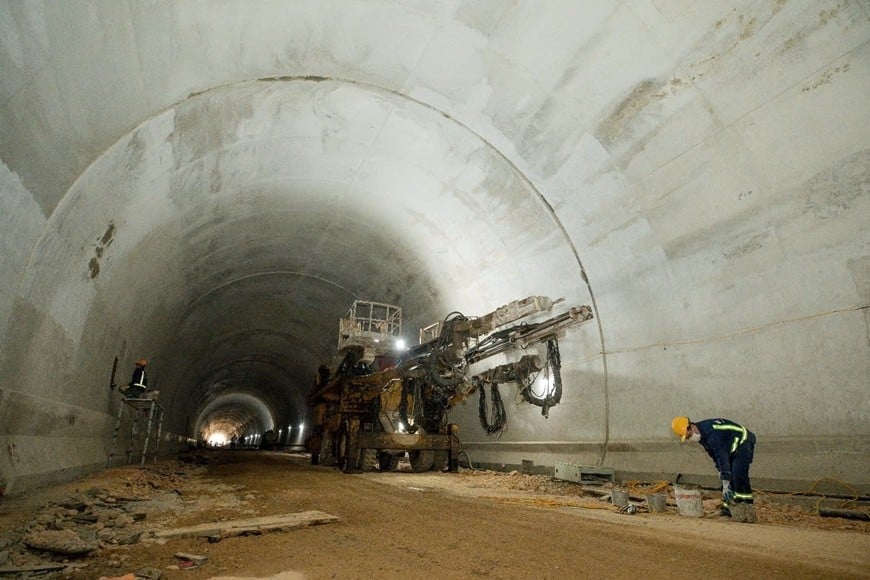
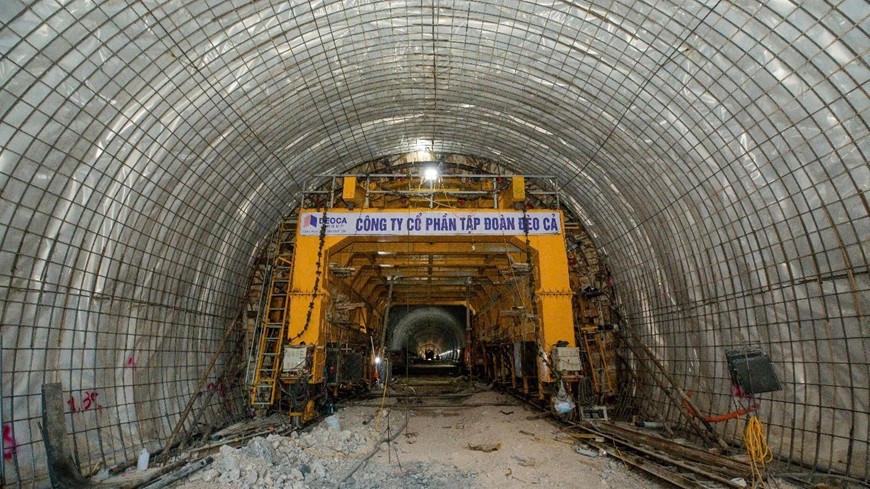
To overcome these difficulties, the engineering team has sought many creative solutions such as improving blasting passports to reduce construction time, while still ensuring efficiency. In particular, focusing on maintenance and repair of machinery and reserving necessary materials also helps to minimize breakdowns and maintain construction pace.
Regarding the applied technology and equipment, the construction unit has applied NATM technology “Deo Ca system” - an advanced and flexible tunneling method, which helps to handle the geological conditions in the Northeast mountainous region well. The modern equipment system of Deo Ca Group such as self-propelled drilling and spraying machines has also been put into use, ensuring the highest efficiency and safety.
According to the report of the Project Enterprise, to date, contractors have mobilized more than 3,200 personnel and 1,456 machines and equipment, deployed simultaneously at 287 construction sites. Output reached 3,980/10,600 billion VND (38% of contract value), equivalent to 60% of the throughput output in 2025.
Mr. Dang Tien Thang - Director of the Project Enterprise said that the pressure on the progress of phase 1 of the project is increasing according to the direction of the Government, while the deadline is currently only about 5 months. However, investors and contractors are committed to working closely with the government and people to resolve each obstacle regarding land, waste disposal sites, and technical infrastructure as committed, focusing all resources to complete the goal of opening the route in 2025.
Source: https://baolangson.vn/cao-toc-dong-dang-tra-linh-tang-toc-thong-tuyen-giai-doan-1-5056438.html



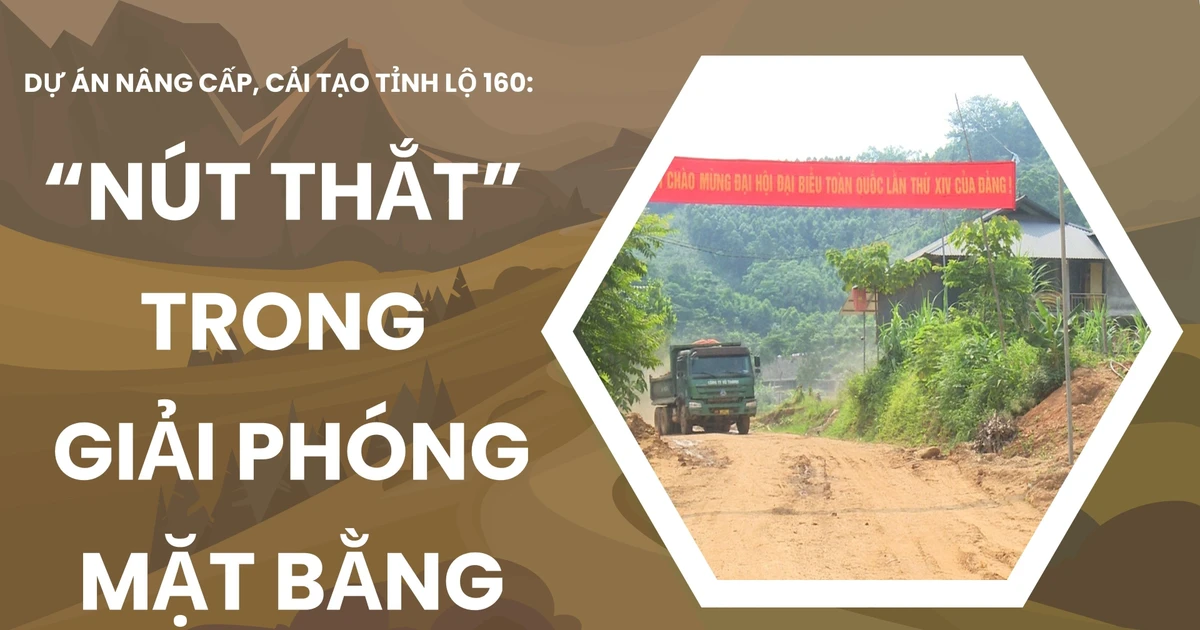



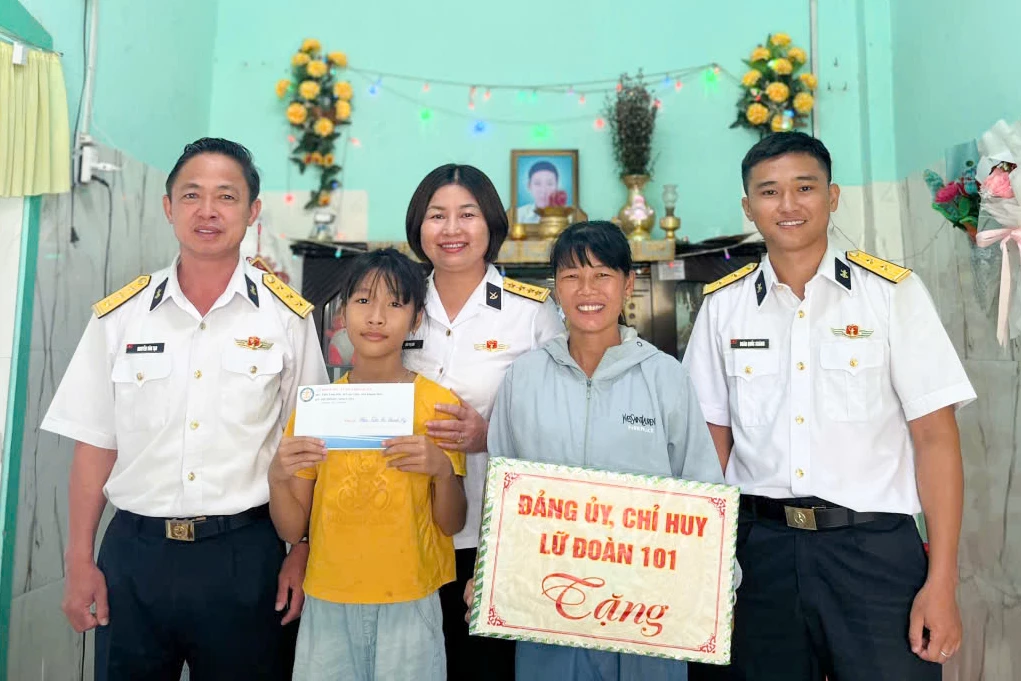
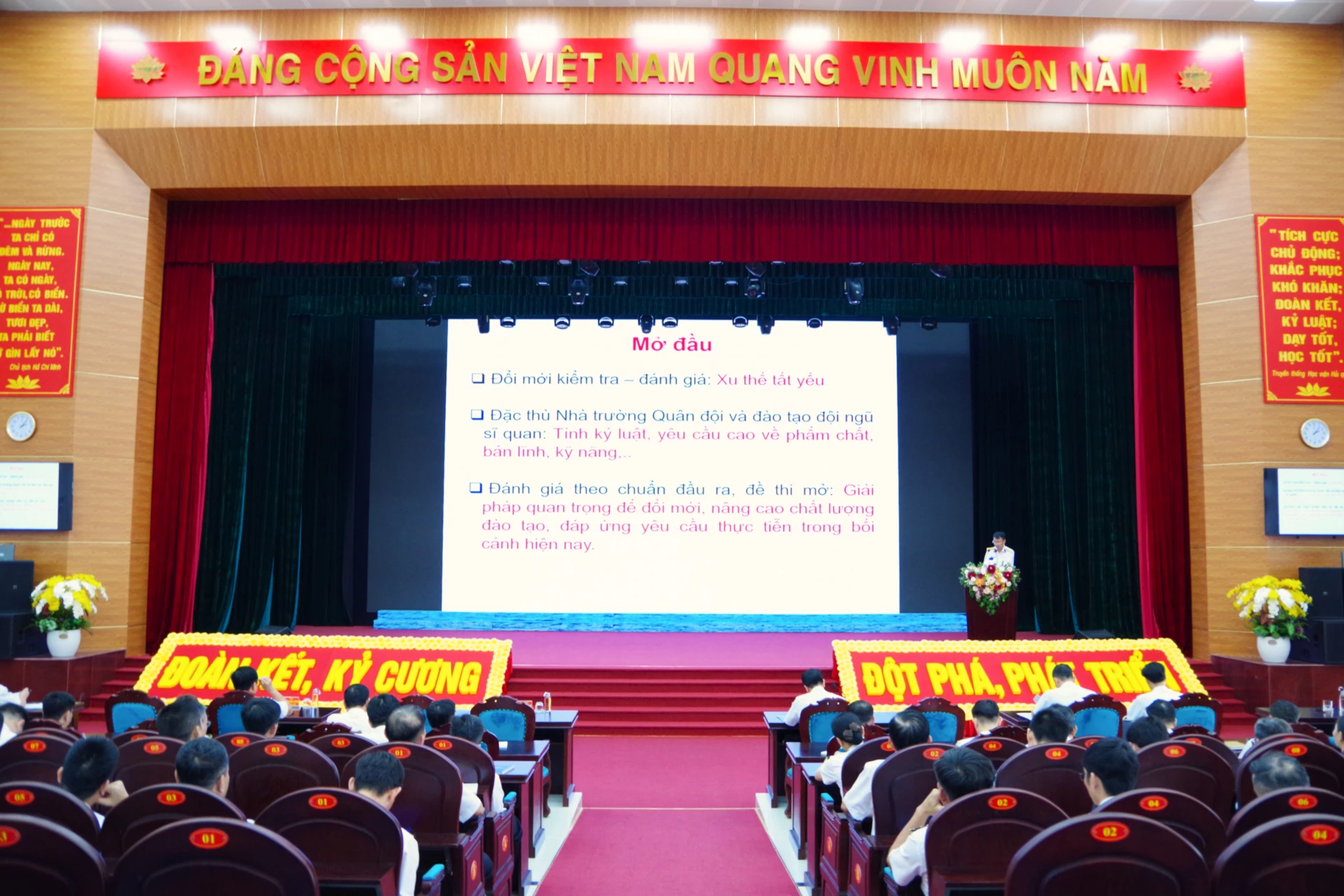














![[Photo] An Phu intersection project connecting Ho Chi Minh City-Long Thanh-Dau Giay expressway behind schedule](https://vstatic.vietnam.vn/vietnam/resource/IMAGE/2025/8/21/1ad80e9dd8944150bb72e6c49ecc7e08)







































![[Photo] Politburo works with the Standing Committee of Hanoi Party Committee and Ho Chi Minh City Party Committee](https://vstatic.vietnam.vn/vietnam/resource/IMAGE/2025/8/21/4f3460337a6045e7847d50d38704355d)

































Comment (0)